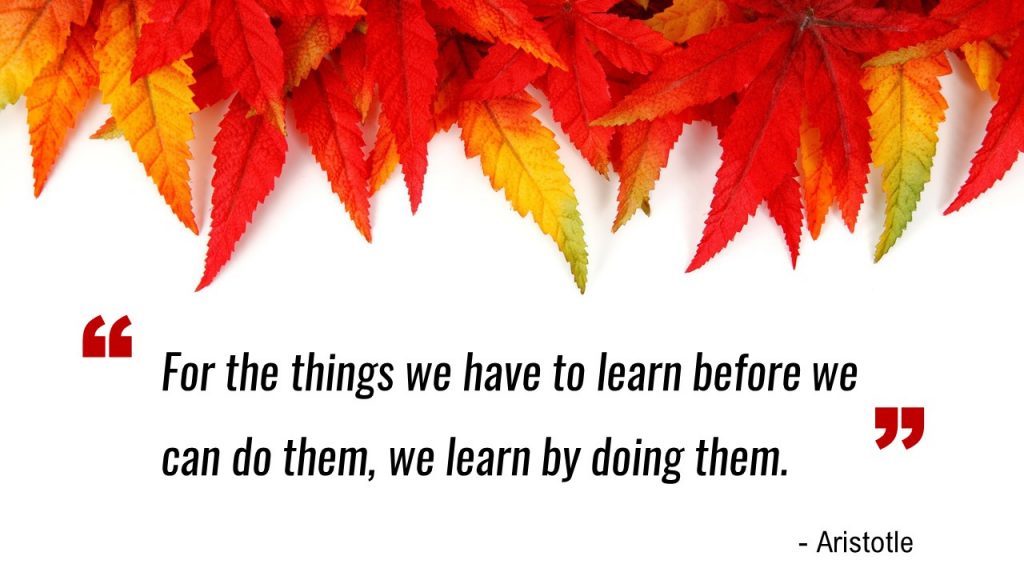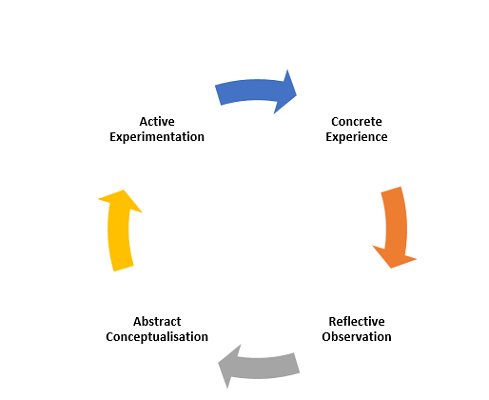Learning Experience.

A Look into Experiential Learning
As Aristotle touts it from the ancient times, “For the things we have to learn before we can do them, we learn by doing them.” Today, this is what we call learning by experience, or experiential learning.
What is experiential learning? The word “experiential” is derived from the word “experience”. We all have life experiences, be it positive or negative. To name one out of many, I had experienced getting caught in a thunderstorm while hiking up a mountain in Stong, Malaysia. Then, how is learning derived through my experience?
It is only when I reflect on the experience itself, that any thoughts around the experience could provide possible insights – valuable insights which then translates to a learning point or learning outcome. To illustrate what I mean, here are just some thoughts I have around this experience of getting caught in a thunderstorm midway through my hike and caving expedition.
Valuable Insights Which Then Translates To A Learning Point
Kolb’s Experiential Learning Model(ELM)


